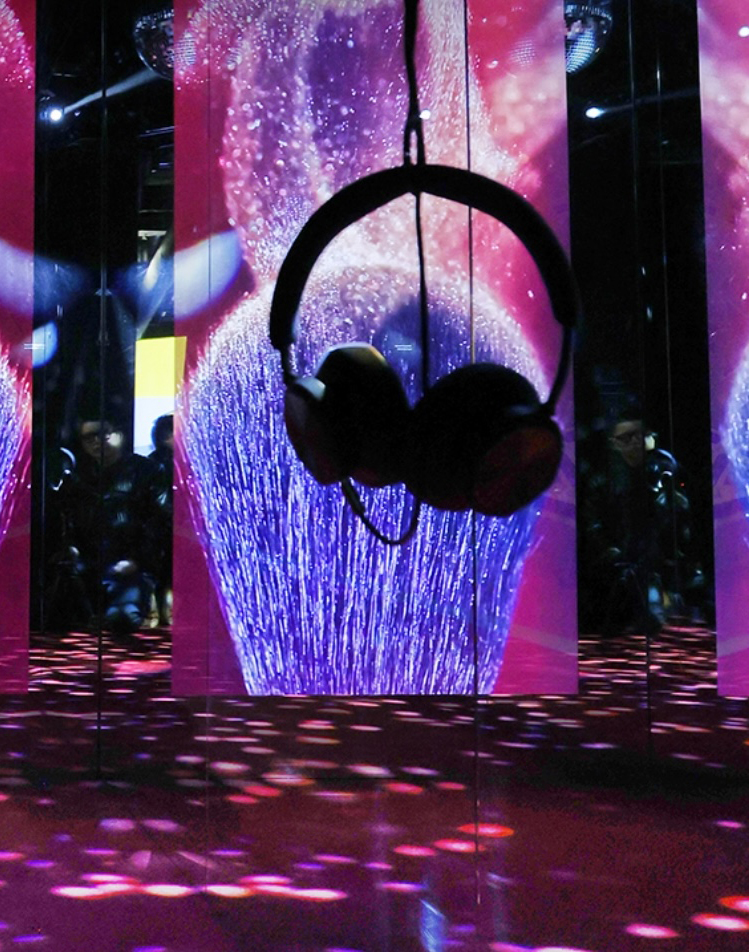In a world oversaturated with visual noise and digital clutter, brands can’t afford to rely on aesthetics alone. If you want to cut through the fog, you need to speak to more than just the eyes. That’s where multi-sensory branding comes in—activating sight, sound, touch, and crucially, scent.
Why does it matter? Because the more senses you engage, the more memorable and compelling your brand becomes. And memorability, as every decision-maker knows, drives retention, preference, and revenue.
Want your brand to be remembered—not just seen? Multi-sensory experiences don’t just look good—they trigger emotional and psychological linkages that turn your brand into a mental image. That’s not storytelling. That’s a sensory strategy. And yes, it’s backed by research¹.
Scent: the most underrated tool in your brand arsenal
Among the five senses, scent is the only one that has a direct, shortcut connection to the brain’s emotional control center—the limbic system. No detours. That means scent doesn’t just catch attention; it rewires memory and emotion. Think beyond just having a signature scent—imagine using scent strategically across every customer’s touchpoint: the lobby, the checkout, the changing rooms, etc. It’s about building a consistent, emotional atmosphere that reinforces your brand everywhere your customer goes.
And this isn’t theory—it’s backed by hard data:
- A well-chosen ambient scent can increase dwell time, spending, and intention to return. One study found that adding a vanilla scent in a fashion store led to all three².
- In a Las Vegas casino, scented environments increased slot machine revenue by 45%³.
Smell doesn’t just support your brand—it sells it.
How to use scent strategically (without going overboard)
It’s tempting to just “add a nice smell” and call it a day. But scent marketing only works when it’s deployed strategically anchored in your brand identity and the emotional journey of your customers.
Here’s how to do it right:
1. Make it make sense
The scent you choose must be congruent with your brand and the physical environment you operate in. A misaligned scent doesn’t just confuse—it could actively drive customers away. At Prolitec, our scent designers take the time to deeply understand your brand—so they can craft a fragrance that aligns precisely with your identity and customer expectations.
2. Know your audience
Not everyone experiences scent the same way. What feels refined to one person might be off-putting to another. Factors like age, gender, and cultural background can shape how a fragrance is perceived. That’s why your scent strategy should never be one-size-fits-all—it needs to reflect the preferences and expectations of your specific audience.
3. Measure like a CFO
This is not a “nice to have.” Scent can (and should) be tracked like any other marketing material. Think: change in foot traffic, dwell time, basket size, satisfaction scores. If you’re not measuring, you’re not managing.
So, why aren’t you doing this yet?
Science is clear, tools exist, and your competitors may already be doing it. Scent isn’t fluff—it’s a performance enhancer for your brand. When done well, it makes your space memorable, emotionally resonant, and commercially effective.
Want your brand to linger in people’s minds?
By Lucie Goutagny, Content and Community Coordinator
Notes:
1. Hultén, B. (2011). Sensory marketing: The multi-sensory brand-experience concept. ResearchGate
2. Cao, T. K. N., & Duong, H. T. (2021). Effect of ambient scents and customer behavior. ResearchGate
3. Hirsch, A. R. (1995). Effects of ambient odors on slot-machine usage in a Las Vegas casino. Journal of Applied Behavior Analysis

